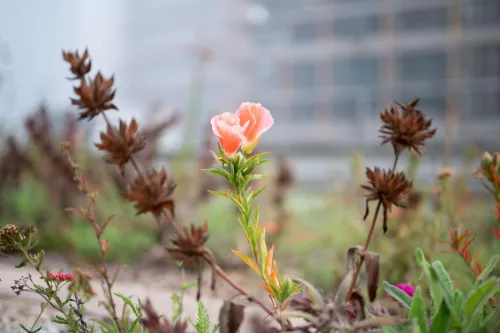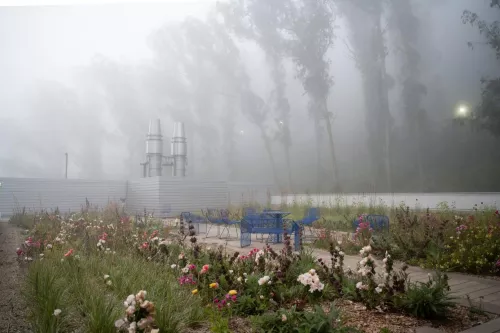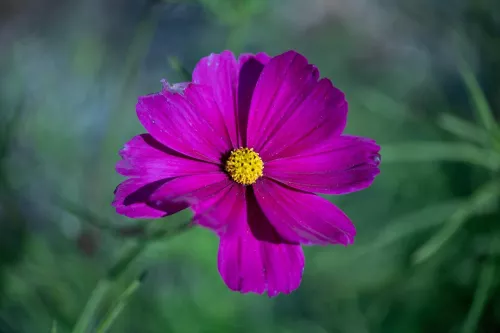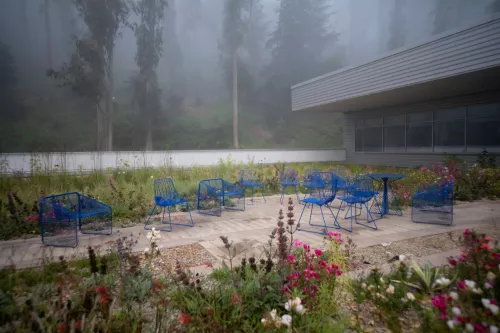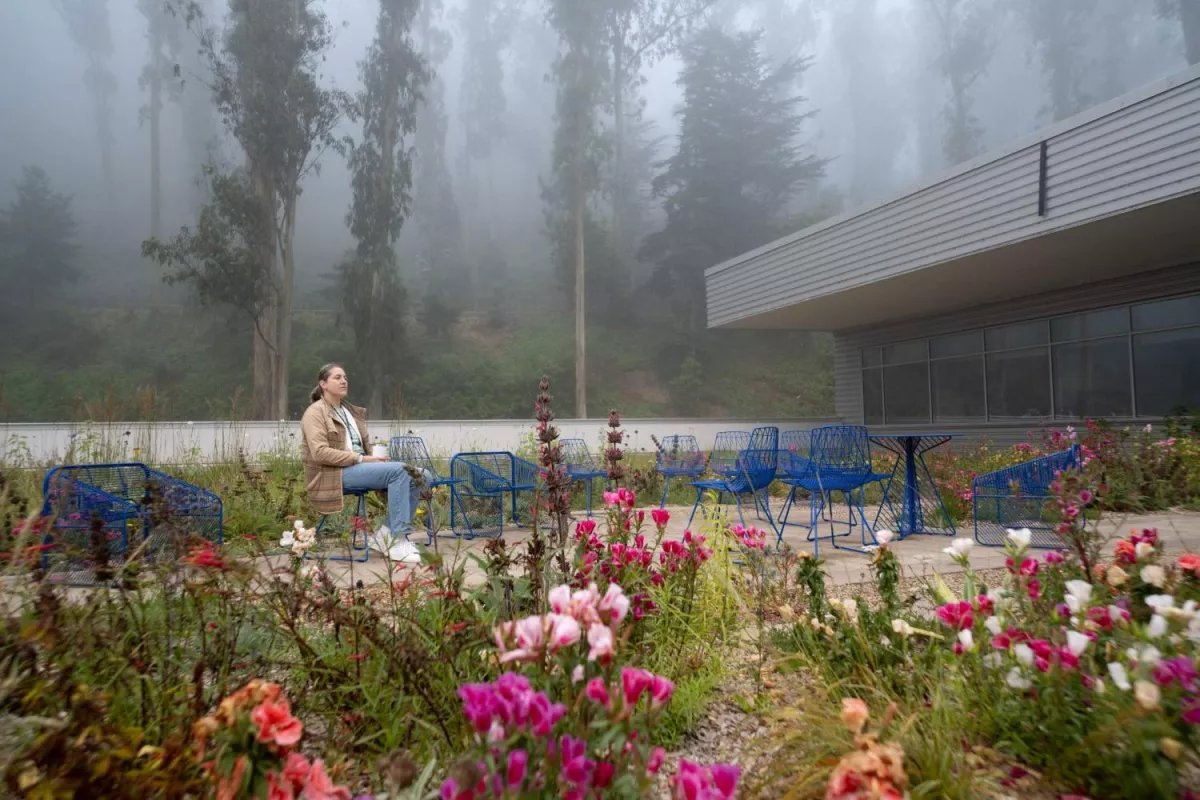
Something is blooming above UC San Francisco’s Parnassus Heights campus. It’s atop the Ray and Dagmar Dolby Regeneration Medicine Building, which serves as the headquarters of the Eli and Edythe Broad Center of Regeneration Medicine and Stem Cell Research, where scientists are accelerating bold research to understand and treat the world’s most devastating diseases.
Led by director Tippi MacKenzie, MD, the center houses investigators advancing stem cell therapies through gene editing and cell engineering, driving scientific discovery, and developing cures for diseases including Alzheimer’s, diabetes, and infertility, with a focus on aging, pregnancy, and healing through CRISPR innovations.
“This visionary building supports our most ambitious research,” MacKenzie said. “Our stem cell scientists are harnessing their expertise in developmental biology combined with newly generated tools in genome engineering to develop life-saving therapies for patients with a range of diseases.”
Above them, roughly 17,000 square feet of green space has recently undergone a year-long transformation from grass to meadow-like tranquility, bringing the University’s largest rooftop gardens back to life in stunning, colorful fashion.
“It’s hard to have a bad science day when you arrive to weather like this and beautiful flowers outside,” said Cassandra Belair, PhD, researcher, UCSF Department of Urology, and director of research operations, UCSF Broad Stem Cell Center. “Even when it’s foggy and cold, the garden is still inspiring. You just want to be there.”
And many people have been, returning to the garden to help plant it alongside UCSF gardeners and take advantage of its renewal. Built on a 60-degree slope, the 68,926-square-foot building structure for stem cell science is a series of four split-level pods, each nine feet higher than the last and ascending westward high above the historic campus. The pods feature patios with sweeping views of the Pacific Ocean, San Francisco, and beyond, and all with terraced roofs.
Dunja Duranovic, UCSF Facilities west campus landscape supervisor, tried her hand at reimagining the gardens.
She tracked down flora that could survive and thrive in the unique weather conditions at Parnassus Heights. Many of those included plants and flowers native to California, like Pacific Coast iris, columbine, sticky monkey-flowers, flowering currant, California lilac, hummingbird sage, poppies, bluebells, and more. Finally, Duranovic laid it all out for the rooftop space, considering the direction of the sunrise and sunset, placement of the existing concrete patios and shaded sections of the gardens due to awnings on top of the building itself.
The result? A diverse, meadow-like garden in all four rooftop spaces with biodegradable cardboard underneath the soil to suppress weeds and help with water retention. Another benefit to such a biodiverse environment is more pollinators.
“We have seen a lot more native bees on the roof,” Duranovic said. “You usually don’t see them on campus. When I walk around the gardens in the morning, I’ll see them sleeping in the flowers.” The new annual flowers are expected to eventually reseed themselves, cutting down on required maintenance.
The effort to haul away the old gardens and replant new ones wasn’t easy. Each pod is now home to roughly 1,500 new plants, many of which came up nine floors through the elevator. The mulch was an entire undertaking unto itself. An outside company blew hundreds of pounds of mulch up from a nearby street using hoses. It wasn’t all a heavy lift, though.
There was a community aspect to the replanting, as employee volunteers from the four pods joined UCSF gardeners in separate events to home some of the new plants. “We basically laid everything out based on the design,” Duranovic said. “The volunteers came and they planted alongside our team. We planted this whole thing in one day. It was awesome.”
Each pod was planted chronologically between October 2023 and May 2024.
Now, as Pods A and B are virtually in full bloom with Pods C and D not far behind, Duranovic is beginning to literally reap what she has sown. “When I come here and I see people using the space eating lunch and having meetings, it’s really rewarding.”
She counts Serine Avagyan, MD, PhD, assistant professor, UCSF Department of Pediatrics, in that group. Avagyan is an early riser, so she gets to see the Pod A gardens from her office in Pod B in a whole new light almost every weekday. “I write literally facing the garden all the time,” she said. “I position myself to physically face the garden because it’s just sort of Zen. It’s just so calming.”
Kelsey Collins, PhD, assistant professor, Departments of Orthopedic Surgery and Anatomy, has a slightly different view of the gardens, facing the roof of Pod B from her office in Pod C.
“One of UCSF’s core values is celebrating diversity and having an inclusive space,” Collins said. “I noticed that there’s a lot of different kinds of flowers in the garden now. It’s more of a wildflower look, rather than being perfect and pristine. That celebrates the values of diversity and all kinds of different science and different approaches and perspectives in the building.”
Access Guidelines During Business Hours
During business hours, the gardens are only accessible to UCSF employees and learners by crossing the bridge from the 9th floor of the Medical Sciences Building at 513 Parnassus Avenue and utilizing the stairs outside of each pod. For persons with disabilities, access may be granted through security by showing a UCSF badge and using an elevator to reach the garden levels. All visitors must check in with the security desk at the end of the connecting bridge using their UCSF badge.

